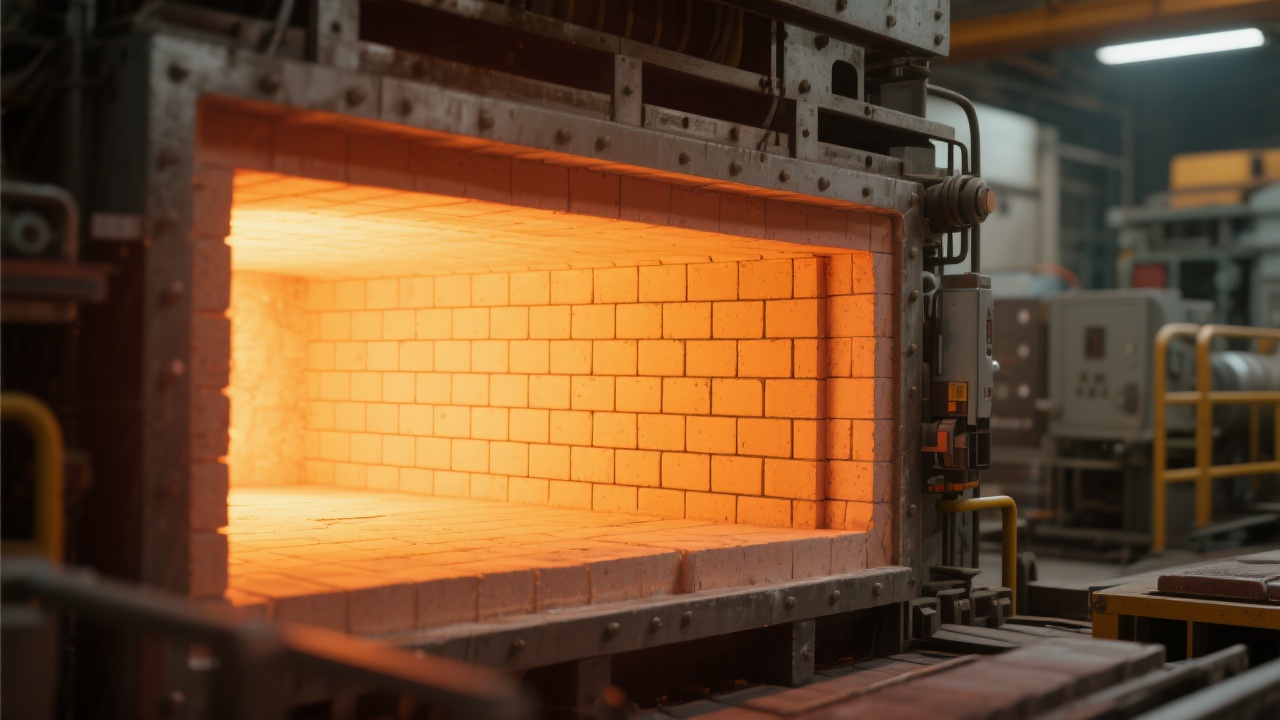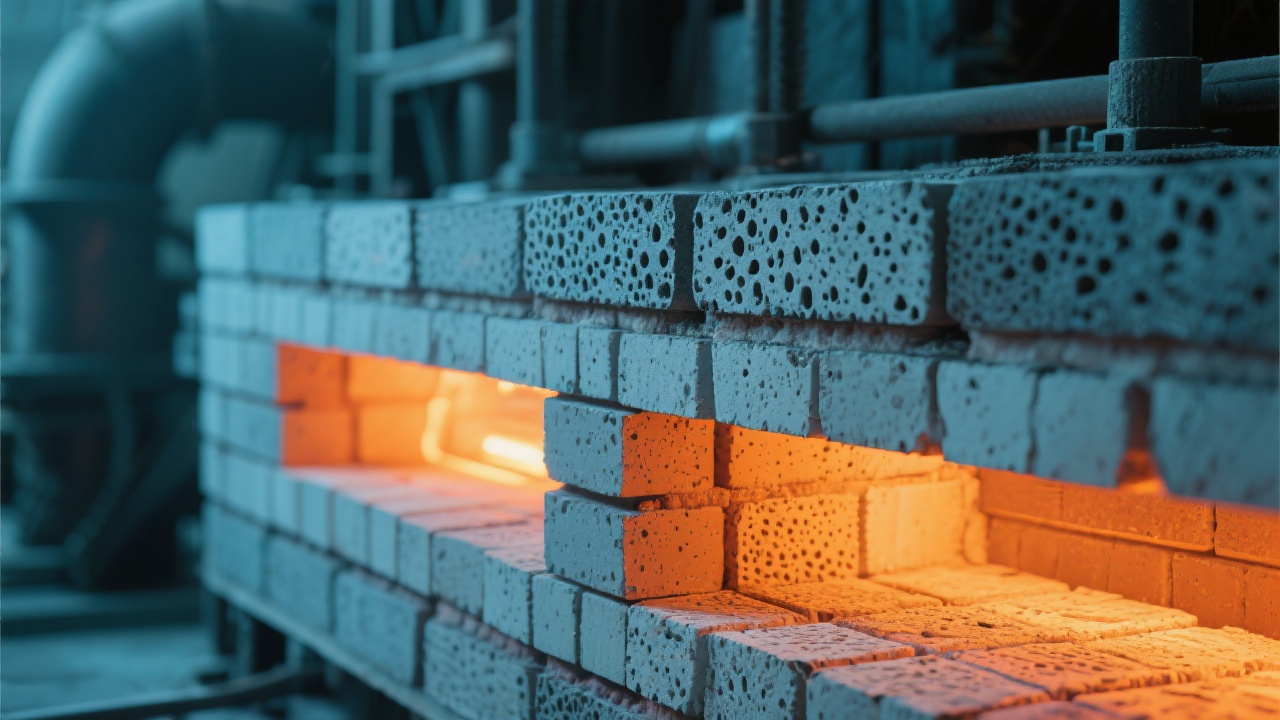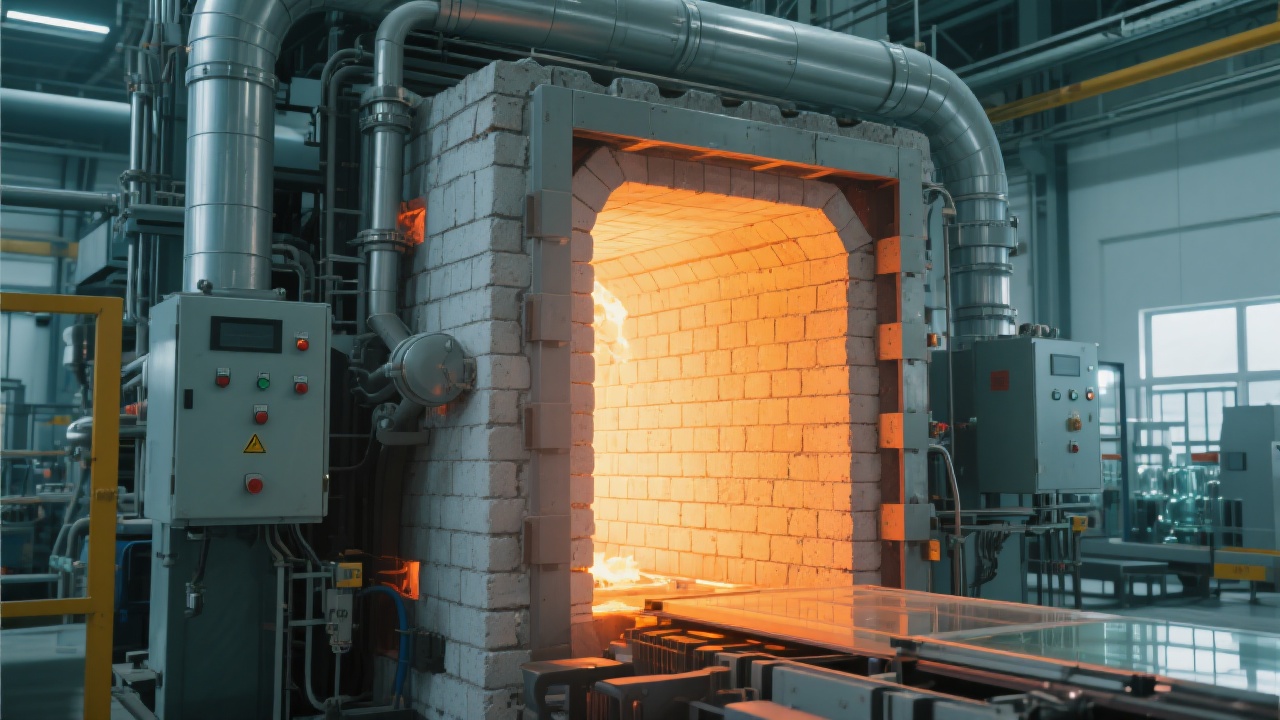
In the aluminum industry, electrolytic aluminum cells operate under persistently high temperatures, often exceeding 1000°C. This extreme environment leads to substantial thermal energy losses, frequent equipment replacement, and soaring maintenance costs. Over the years of supporting aluminum plants worldwide, one critical pain point repeatedly surfaces: inadequate insulation materials directly escalate operational expenses and shorten cell lifespan.
Traditionally, materials such as alumina-silicate fiber blankets have been the insulation standard. However, emerging evidence and application cases demonstrate that vermiculite insulation boards markedly outperform conventional materials in thermal stability, energy efficiency, and durability. This article delves into why vermiculite boards represent a transformative solution for extending the service life of aluminum electrolytic cells, simultaneously reducing energy consumption and maintenance overhead.
Vermiculite is a naturally occurring mineral that expands when heated, creating a highly porous and thermally resistant structure. This intrinsic property equips vermiculite boards with exceptional stability at temperatures up to 1050°C. Unlike fiber blankets that may degrade, emit particles, or lose structural integrity, vermiculite boards maintain their mechanical strength over extended high-temperature exposure.
During manufacturing, vermiculite boards undergo a critical purification process removing organic impurities that could otherwise combust or weaken insulation performance in-situ. The resulting board displays enhanced compressive strength and a lowered thermal conductivity coefficient, optimizing heat retention within the electrolytic cell.
| Insulation Material | Maximum Operating Temperature (°C) | Thermal Conductivity (W/m·K) | Expected Lifespan (Years) |
|---|---|---|---|
| Vermiculite Board | 1050 | 0.055 | 10+ |
| Aluminosilicate Fiber Blanket | 900 | 0.08 | 5-7 |
Data Highlight: Vermiculite boards reduce thermal conductivity by approximately 30% compared to aluminosilicate fiber blankets, significantly minimizing heat loss—and thus energy consumption—in electrolysis operations.
Besides thermal properties, vermiculite boards excel in resisting chemical corrosion and mechanical wear. Electrolytic aluminum cells are exposed to harsh environments including corrosive agents and mechanical vibrations. Vermiculite’s mineral composition endows it with superior resistance against chemical degradation, extending insulation integrity and reducing unscheduled shutdowns.
A notable case involves a Southeast Asian aluminum plant that replaced their traditional fiber insulation with vermiculite boards. Within 18 months post-upgrade, they reported a drop in maintenance incidents by 40%, along with a 12% reduction in energy costs attributed solely to improved insulation efficiency.

When choosing insulation for aluminum cell lining, decision-makers must weigh various factors: thermal effectiveness, longevity, environmental impact, and lifecycle cost. Vermiculite boards consistently demonstrate advantages across these metrics.

Implementing vermiculite insulation boards aligns with the aluminum industry's growing emphasis on sustainable production and cost optimization. By effectively curbing heat loss, plants reduce their carbon footprint and energy bills simultaneously. Moreover, vermiculite’s extended service life defers capital investment cycles, enhancing financial planning predictability.
A leading European aluminum manufacturer quantified their upgrade benefits: an 18% decrease in annual energy consumption and a 35% reduction in insulation-related maintenance expenses over five years, translating into millions in operational cost savings.

Selecting vermiculite insulation boards offers aluminum producers a strategic advantage: improved thermal management, reduced operational expenses, and significant extension of electrolytic cell life. This aligns with the triple bottom line of industrial efficiency, economic savings, and environmental responsibility.
To summarize:

